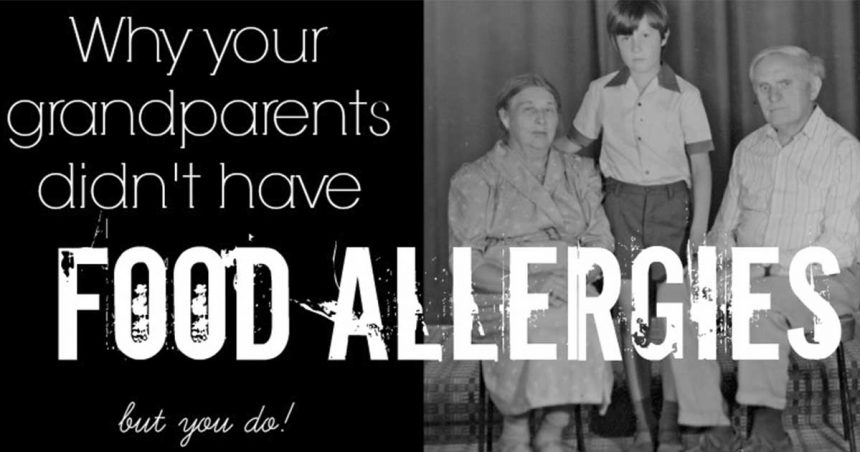Food allergies are on the rise, and it’s not just due to improved detection. Many wonder why previous generations had fewer allergies compared to the increasing numbers today. Theories range from our overly clean environments to genetic and environmental factors. Scientists are working to understand this trend in order to halt its progression.
Food Allergies on the Rise in Developed Regions
Food allergies are increasing in developed countries, affecting both adults and children. While some allergies can be life-threatening, most can be managed with proper care. Common allergens include peanuts, tree nuts, seafood, dairy, eggs, soy, wheat, and corn. The main question is: why? Multiple theories attempt to explain this rise. (1)
Theory #1: Hygiene Hypothesis
Urban children have higher rates of food allergies than rural children. The hygiene hypothesis suggests that urban environments, which are cleaner, may lead to under-stimulated immune systems due to less exposure to microorganisms. When these children encounter food proteins, their immune systems may overreact, causing an allergic response.
Theory #2: Genetic Factors
Genetics play a role in food allergy development, but the likelihood of developing allergies isn’t solely based on parental history. The sudden onset of allergies in individuals without previous allergic reactions challenges the genetic theory. Genetics alone may not explain the rising trend in food allergies.
Theory #3: Vitamin D Deficiency
Vitamin D deficiency has been linked to various health conditions, including allergies. Low levels of vitamin D may weaken the immune system, making individuals more susceptible to food allergies. Reduced sunlight exposure due to indoor lifestyles could contribute to this deficiency. (2)
Theory #4: Changing Recommendations
Previous advice to delay allergen exposure in children has been revised. Current recommendations suggest introducing common allergens early on to reduce the risk of allergies. Delaying exposure may not prevent allergies and could potentially increase the likelihood of developing them later. (3)
Theory #5: Environmental Influences
Immigration Impact
Environmental changes, such as moving to a new country, can affect allergy development. Immigrants may encounter different lifestyle factors and allergens that trigger allergies. Immune system changes due to new environmental exposures could contribute to allergy development.
Birth and Early Exposure
Babies born via C-sections and those breastfed for shorter durations may be at a higher risk of developing allergies. Vaginal birth exposes infants to beneficial bacteria that could protect against allergies. Early exposure to pets and diverse environments may also strengthen immune systems and reduce allergy risk.
Pollutants and Chemicals
Exposure to pollutants, chemicals, and additives in daily life can contribute to allergy development. Increased exposure to these substances compared to previous generations may play a role in the rising rates of food allergies.
In Conclusion
Researchers continue to explore the reasons behind the increasing prevalence of food allergies. While multiple theories contribute to this trend, early exposure to potential allergens and maintaining a balanced immune system are crucial for prevention. Limiting exposure to pollutants and opting for natural products can also help reduce allergy risks.
Sources
- “Why the world is becoming more allergic to food.” BBC. September 13, 2019.
- “Why food allergies are on the rise.” BBC. Ralph Jones. October 25, 2020.
- “5 THEORIES WHICH MAY EXPLAIN THE RISE IN FOOD ALLERGIES.” FAAC Cares. December 8, 2020.






